
Pro travelers obtain inside knowledge from experience. Like anything in life, it takes practice and learning from mistakes to refine a technique.
Many people don’t travel on an ongoing basis and can easily be caught off-guard, resulting in lost travel motivation due to small hiccups.
Our 14 years of advising best-travel practices in the travel industry means we’re able to pass the best travel hacks on to you.
We’ve gathered the following advice from seasoned pros so you can skip the line for easy cruising.
Make Backups of Your Passport & Visa Stamps
Take photos and email yourself copies of your passport and visa stamps. If you end up losing your passport this will make it much easier to have it replaced. When taking photographs make sure you get the main photo page as well as your visa number- this can provide critical documentation if you need to prove that you’re not illegally extending your stay.
Online digital copies are usually sufficient, but it’s safe to also save a digital hard copy to your laptop or phone. Make physical copies as well, keeping the paperwork in a safety pocket in your suitcase, along with the US embassy phone number and address in your destination country.
We’ve included this documentation tip as a basic requisite for any pre-travel checklist, you can read more about core steps to take before traveling here.
Financial Self-Protection
In the case that you have your wallet lost or stolen, you can save yourself a lot of stress by having access to backup resources. Before you travel, save a hard copy of your credit card number, expiry date and CVS code in a password-protected area of your phone or laptop.
With this information you’ll have the freedom to book a new hotel or a flight while you wait for a new bank card to arrive. Once you arrive at your destination save some petty cash in a pocket of your suitcase, along with any extra credit cards.
You only need to bring a maximum of two credit cards with you when you go out in town. In the case of an unfortunate event where you lose both cards, you’ll still have backup cash and cards saved at your hotel.
Organize Your Air Travel and Get Free Credits
Don’t waste your precious time at an airport. Make use of technology so you can be alerted of delays and cancellations through apps that are often quicker than official airline notifications.
Flightboard app is the industry standard for frequent flyers as it not only allows you to create your own arrivals and departure board, but it also tracks the real-time status of any flight worldwide. If you find yourself early at check-in you might find you’re eligible to give up your seat for an overbooked flight.
As long as you aren’t on a time crunch, staying another day or a few extra hours at the airport can equate to rich rewards. Most airlines will cover food, beverage and accommodation expenses, with a potential bonus of a travel credit up to $450. If you’re lucky they may even bump you up into business class!
Minimize Security Hassle
Putting together a smart travel uniform & travel kit can help minimize the unnecessary stress of airport security checks.
Avoid wearing any items that require extra screening time through security, such as metal items (belts, jewelry, watches, hair clips) as well as items that are time-consuming to remove (scarves, hats, heavily-laced boots).
Choose slip-on shoes and remember to wear socks in case your airport doesn’t provide disposable foot socks for protection. Try to consolidate electronics in one section of your carry-on luggage, so you don’t need to be held back as security searches your bag for the one electronic item that was left inside.
On a similar note, keep any water bottles or drinks in visible external pockets so you don’t forget to eliminate them.
We recommend you sign up for TSA Pre-Check which means you don’t have to remove items from your body, or liquids and laptops from your carry-on luggage.
Never Let Luggage Hold You Back
Most people have experienced the headache of damaged, late or lost luggage when traveling. There are some traditional best practices to avoid luggage issues.
Choose a robust four-wheeled hard case with handles on both ends, as they are light and easy for luggage handlers to stack. Marking your bag as fragile may help prevent careless damage from mishandling, and keep your bag under the weight limit, as heavier bags will automatically get stacked at the bottom of the pile.
A later check-in can possibly ensure your bag is the first off the plane, and while you check in remove any previous luggage tags to avoid confusion about your end destination.
Our favorite tip comes in the way of technology – you can now track your own luggage using a GPS or mobile network tag. The device sits inside your bag and broadcasts its location from anywhere in the world to your smartphone. This cellular technology can let you find a lost bag even if it’s in a completely different city or country to you. We recommend checking out LugLoc, Tile and Smart Unit.
Avoid Unnecessary Fees
Carry a sufficient amount to cash in your wallet – around $300 – to avoid the equivalent of one withdrawal fee.
When you arrive to your destination, never exchange your currency at the airport as their exchange rates are notoriously high. Instead, find an airport ATM and make a withdrawal for your daily limit – fees are one time only, so try not to break up withdrawals.
If you didn’t check conversion fees with your bank beforehand, it’s usually most cost-effective to withdraw money in the local currency. Once you arrive at your hotel, change the money you brought at a certified local bank, which will give you the best rates and least risk of fraud.
When paying with a credit card, always request that you be charged in your own currency, as the conversion fees are much higher when applying the local currency.
We recommend that you apply for a borderless card like Transferwise if you travel often, which gives you the real exchange rate with a low conversion fee and allows you to hold money in over forty currencies.
Swap Home Travel Guides for Local Guides & Apps
There should be no surprise that people from the same country refer to the same travel guides. It’s not unusual to find yourself seated for dinner in an exotic location, only to find yourself surrounded by other tourists. If you want some off-the-beaten-path recommendations, try finding local digital recommendations.
Go to the Google search engine in the country of your destination (for example, google.co.uk in England) and look up the best local apps. Most foreign countries have a reasonable ex-pat community who list their favorite haunts in English.
Here you can find restaurants, cheaper travel apps (for example, EasyTaxi is cheaper in South America than Uber), and local entertainment.
Stay Connected
Being resourceful with data usage starts from the moment you set off. At airports you can make use of free Wifi by nabbing a seat near the first class lounge or restaurants. If a venue is password protected, download an app like Foursquare City Guide.
These social networking sites allow you to access login & password info from fellow users. Once at your destination, it probably makes sense to get a local SIM card with a pay-as-you-go plan if you’ll be there for more than a week.
Unless your home plan already includes flat rate international roaming, international data charges can be costly. In places like Hong Kong it’s cheaper to get a wireless router at the airport, which will give you fast-streaming data to your phone on computer wherever you go.
If you’re only on a short trip you can mark the locations of Starbucks in your vicinity and save them offline on Google Maps. That way if you suddenly need to go online you can make your way to the closest coffee shop.
We hope these expert travel tips will help your trip run smoothly. We’d love to hear more of your insider travel hacks – feel free to send them to info@travelinsurancereview.net and we’ll be sure to list them in our following travel guides! Wishing you a great trip!

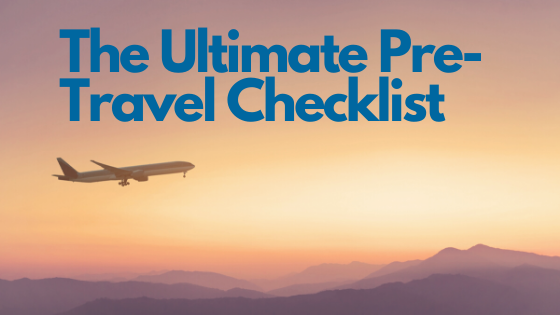
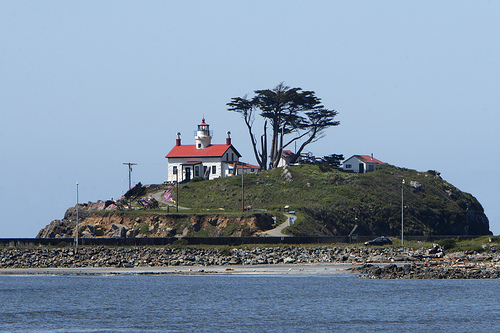
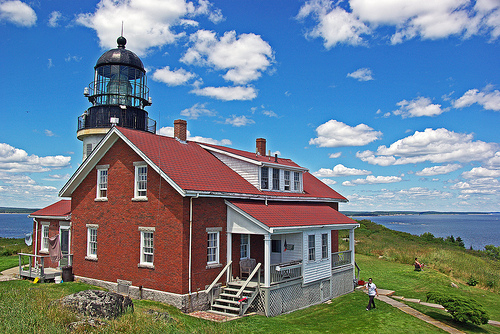
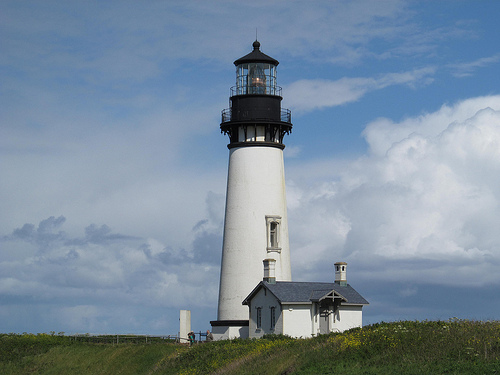
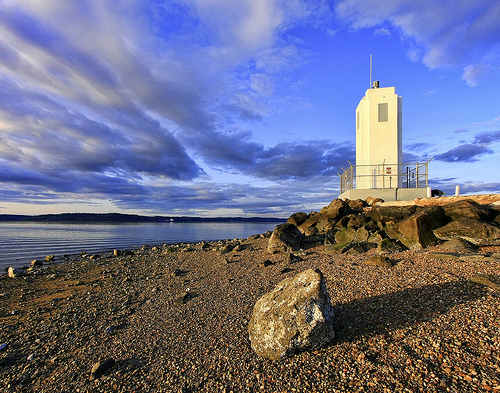
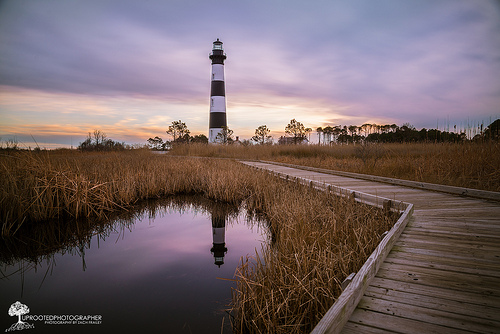
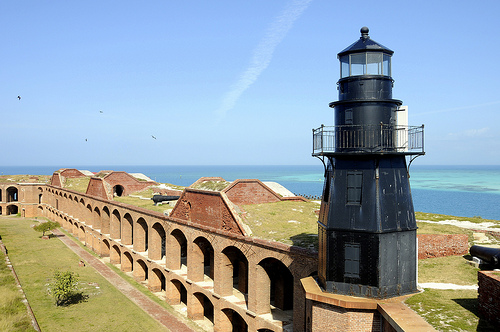
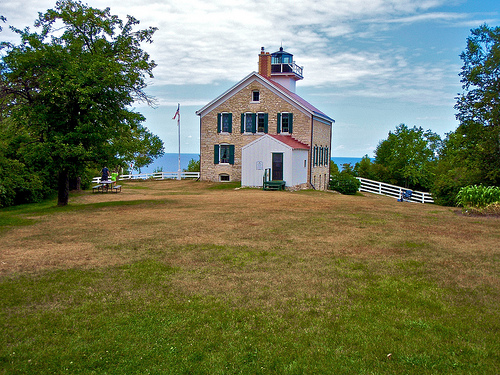
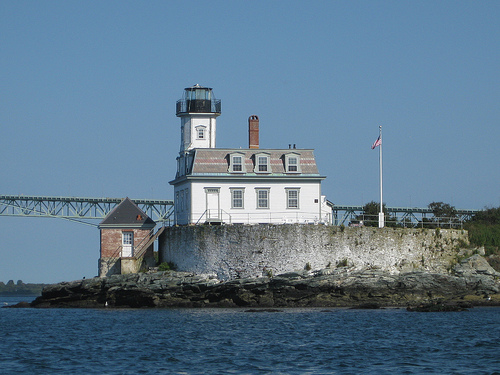
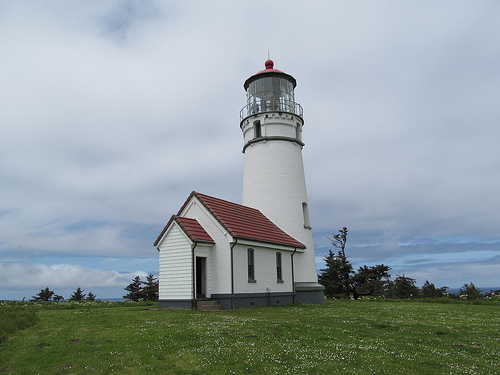
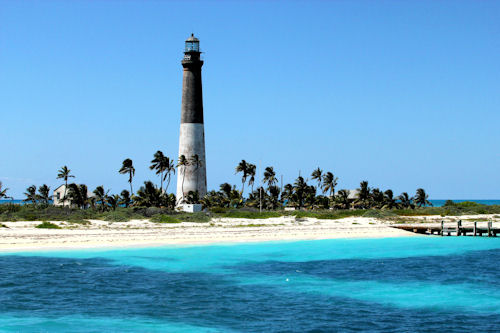
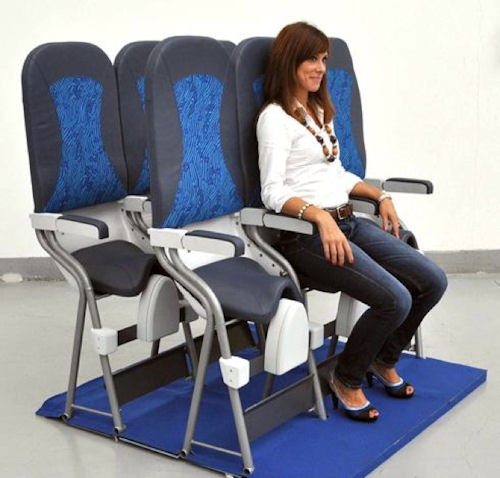
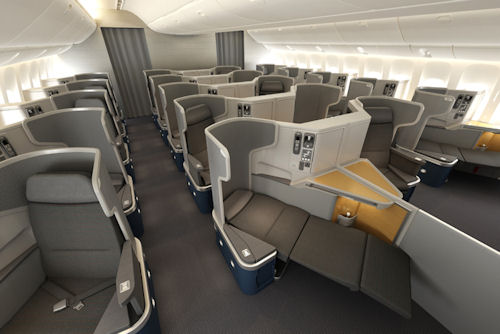
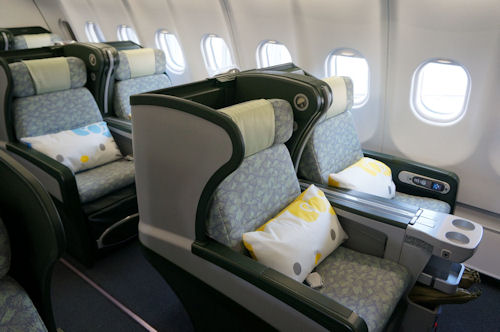
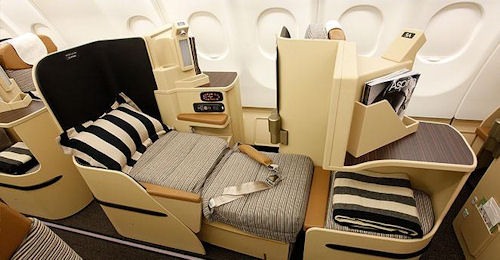
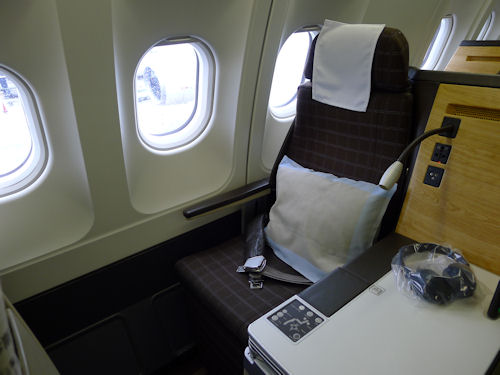
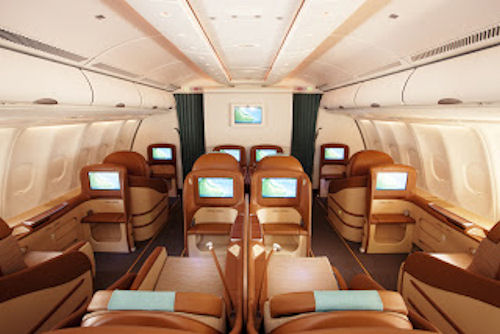
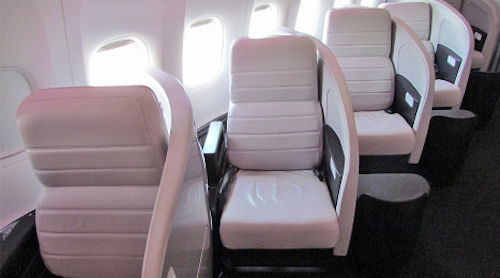
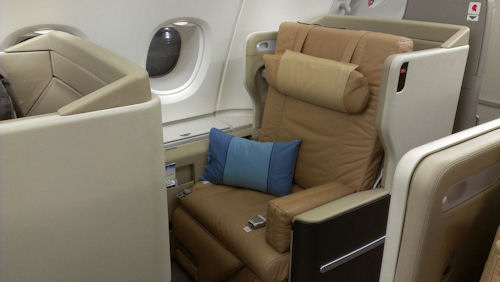
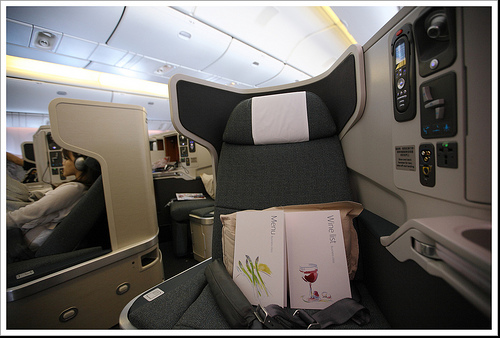
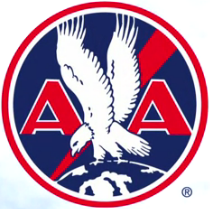
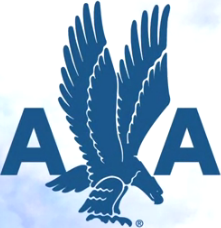












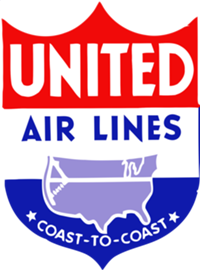
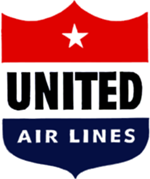






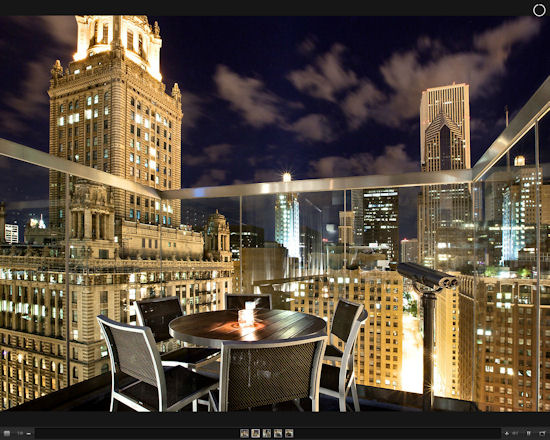



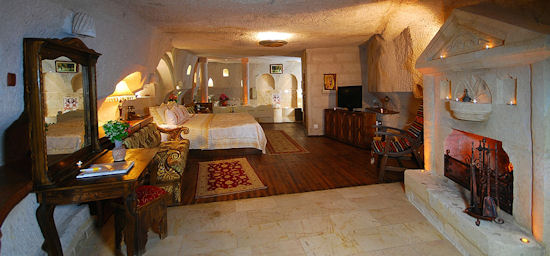 Comprised of six beautifully restored cave houses, the
Comprised of six beautifully restored cave houses, the 





